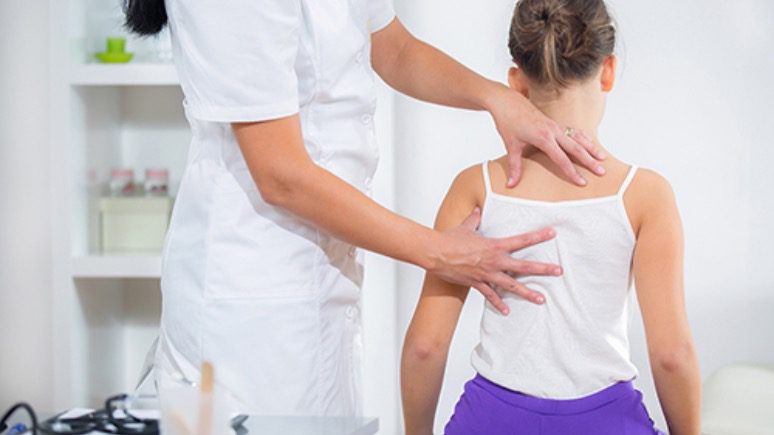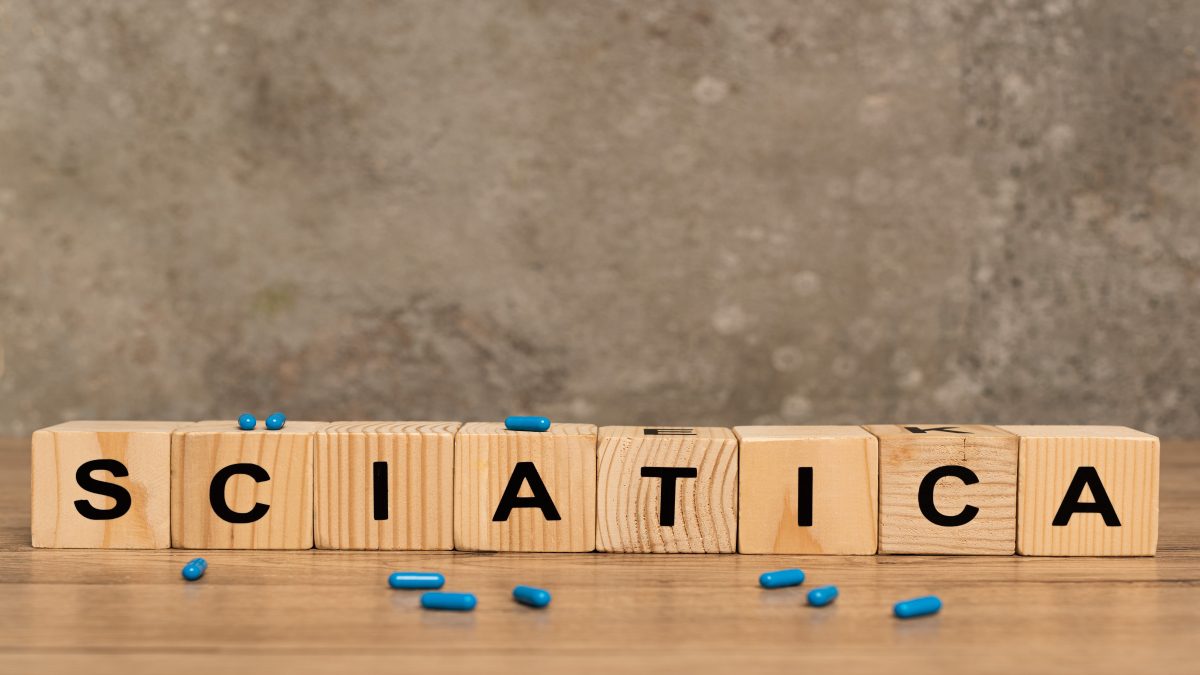Spine
Pinched Nerve Tips
What is a pinched nerve? When too much pressure is placed on a nerve by the tissues that surround it, pinched nerves can occur. Tissues that surround nerves include muscles, tendons, bones, and cartilage. When pinched nerves occur, their function is disrupted. This causes numbness, tingling, weakness or pain. Pinched nerves can happen numerous places […]
Read more
Spinal Stenosis Tips
Spinal Stenosis is a condition in which your spinal canal starts to narrow which can cause pain and other problems. For most people, the Stenosis results from changes because of arthritis. The spinal canal may narrow. The open spaces between the vertebrae may start to get smaller. The tightness can pinch the spinal cord or […]
Read more
Low Back Pain Tips
The low back, or lumbar area, serves a number of important functions for the human body. These functions include structural support, movement, and protection of certain body tissues. When we stand, the lower back is functioning to support the weight of the upper body. When we bend, extend, or rotate at the waist, the lower […]
Read more
Strain and Sprain FAQ
1. What’s the difference between a “back sprain” and a “back strain”? To understand sprain and strain injuries, it helps to know a little anatomy. Tendons are the tough, rope-like tissues that connect your muscles to your bones. A back strain refers to an injury to either a muscle or to one of these tendons. […]
Read more


January 31, 2022












0












0
Scoliosis FAQ
By AGE2B team
Common general questions about Scoliosis 1. What are the different scoliosis types? Idiopathic scoliosis: The word “idiopathic” means the cause is unknown. Even though in most cases (80%-85%), we do not know for sure what causes this type of scoliosis, studies have shown it tends to run in families. Scoliosis is not contagious, so it […]
Read more


January 31, 2022












0












0
Osteoporosis FAQ
By AGE2B team
1. What causes osteoporosis? There is no single underlying osteoporosis cause. Typically several different factors play a role in the development of the disease. These factors are called “risk factors” for osteoporosis development. For example, gender is one of the risk factors. Women are at higher risk of osteoporosis development than men because of the […]
Read more
Fibromyalgia FAQ
1. What is fibromyalgia? Fibromyalgia is a chronic medical condition that causes symptoms in the joints, ligaments, tendons, and muscles. Fibromyalgia disease is a condition that is characterized by fatigue and joint stiffness and muscle pain that occurs in multiple areas of the body. The disorder is chronic, or ongoing, but the pain is intermittent, and it […]
Read more


January 31, 2022












0












0
Sciatica FAQ
By AGE2B team
1. What is Sciatica? Sciatica is the pain felt in the low back area because of irritation of the sciatic nerve, which is the largest nerve in the body. The sciatic nerve starts from the nerve roots, then goes to the lumbar spinal cord, and extends to the buttocks, mostly affecting the lower extremities. 2. […]
Read more
Spondylolisthesis tips
Spondylolisthesis Tips: Things You Should Know What is spondylolisthesis? Spondylolisthesis is defined as the displacement or slippage of one of your vertebra compared to another or all others. It is a condition that occurs when your vertebra (the bone in your back) slides forward and over the bone below it. Spondylolisthesis is derived from two […]
Read more
Lordosis
What is Lordosis of the Spine? Everyone’s spine bends a little in the neck, upper back, and lower back. These bends, which make your spine’s “S” shape, are known as the lordotic (neck and lower back) and kyphotic (upper back). They help your body by doing the following: supports and balances the head absorbs shock […]
Read more












